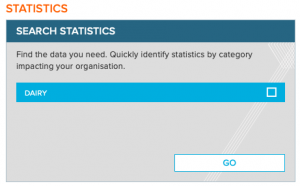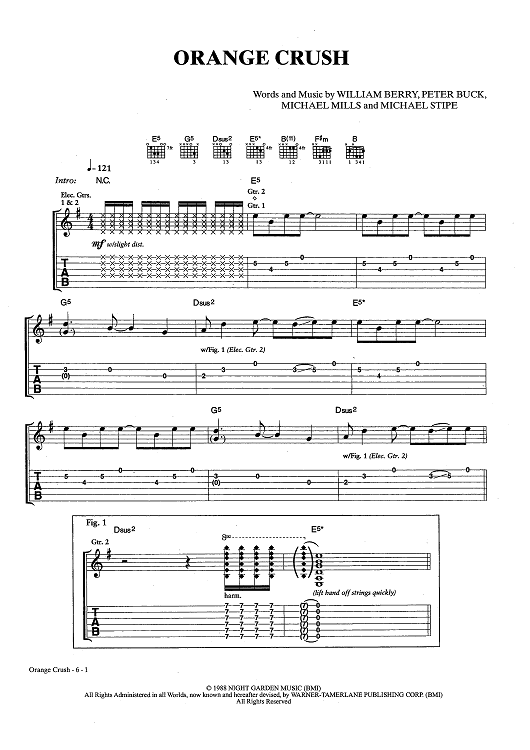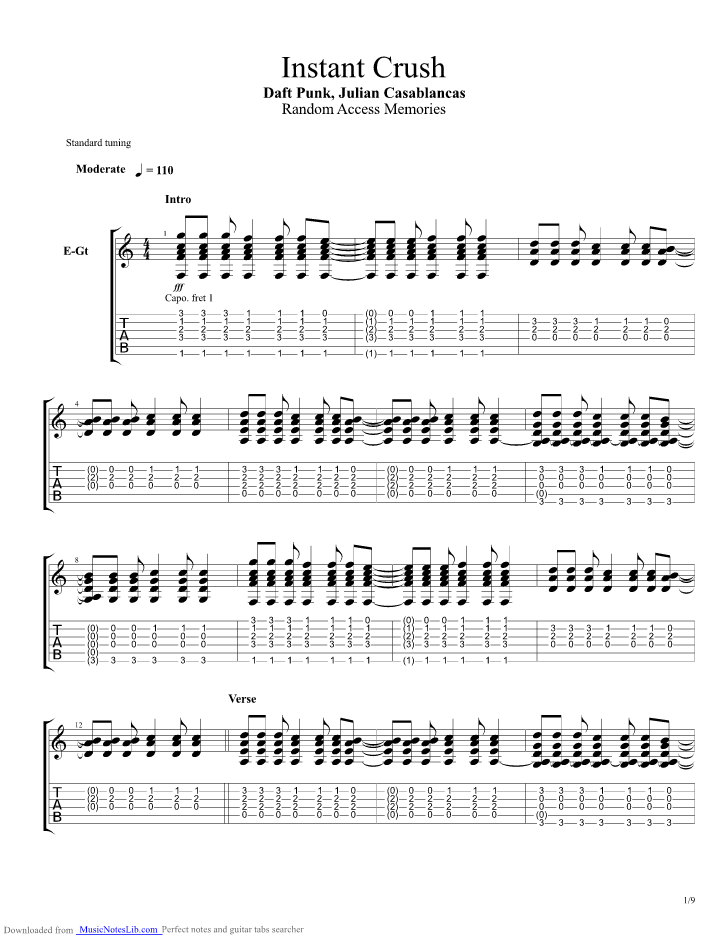

This trace also profiles resistance from the fragments as the probe continued to crush downwards.īy switching to a different fixture, in this case, a three-point bend jig, a notched tablet may be tested for break resistance. The critical factor is the initial yield point of the tablet sample. The graphical representation of the test results for the samples (force applied, against cumulative displacement) clearly indicates the peak at which fracture initiates. The probe then returned automatically to the starting position.
#Crush the industry tab software#
The controlling software also allows for break detection to stop the probe advancing further than necessary.

A short program advanced the probe to touch the tablet sample before advancing a further 1 mm, as sufficient to always break the sample. In this test, a Texture Analyzer (compression tester) was fitted with a 500 N intelligent loadcell and 1.5 inch (38 mm) cylinder probe. So what does it take to crush or break a tablet product? Tablet resistence test methods The product must still disperse and dissolve effectively in conjunction with functional resilience.

Measuring the physical strength of a pharmaceutical tablet enables the effect of formulation changes to be quantified. The only way to determine consistency is mechanical testing of samples.Īs a quality control measure on the production line, or as a manufacturing design tool, computer-controlled mechanical testing, based on criteria determined for an acceptable range of measures, is the only reliable method. Too brittle or too hard, and they may not be fit for use, or at best perform below expectation. Many products come in tablet form, with a durability designed for both packaging and for use.


 0 kommentar(er)
0 kommentar(er)
